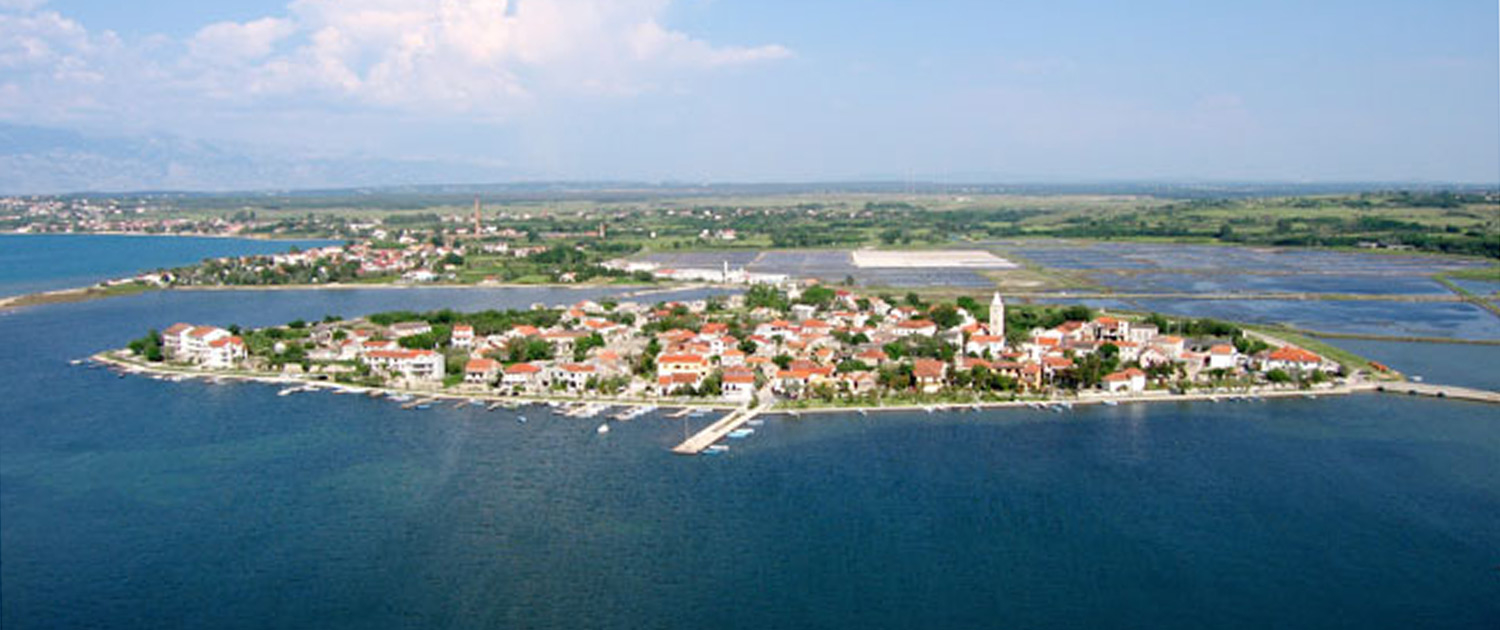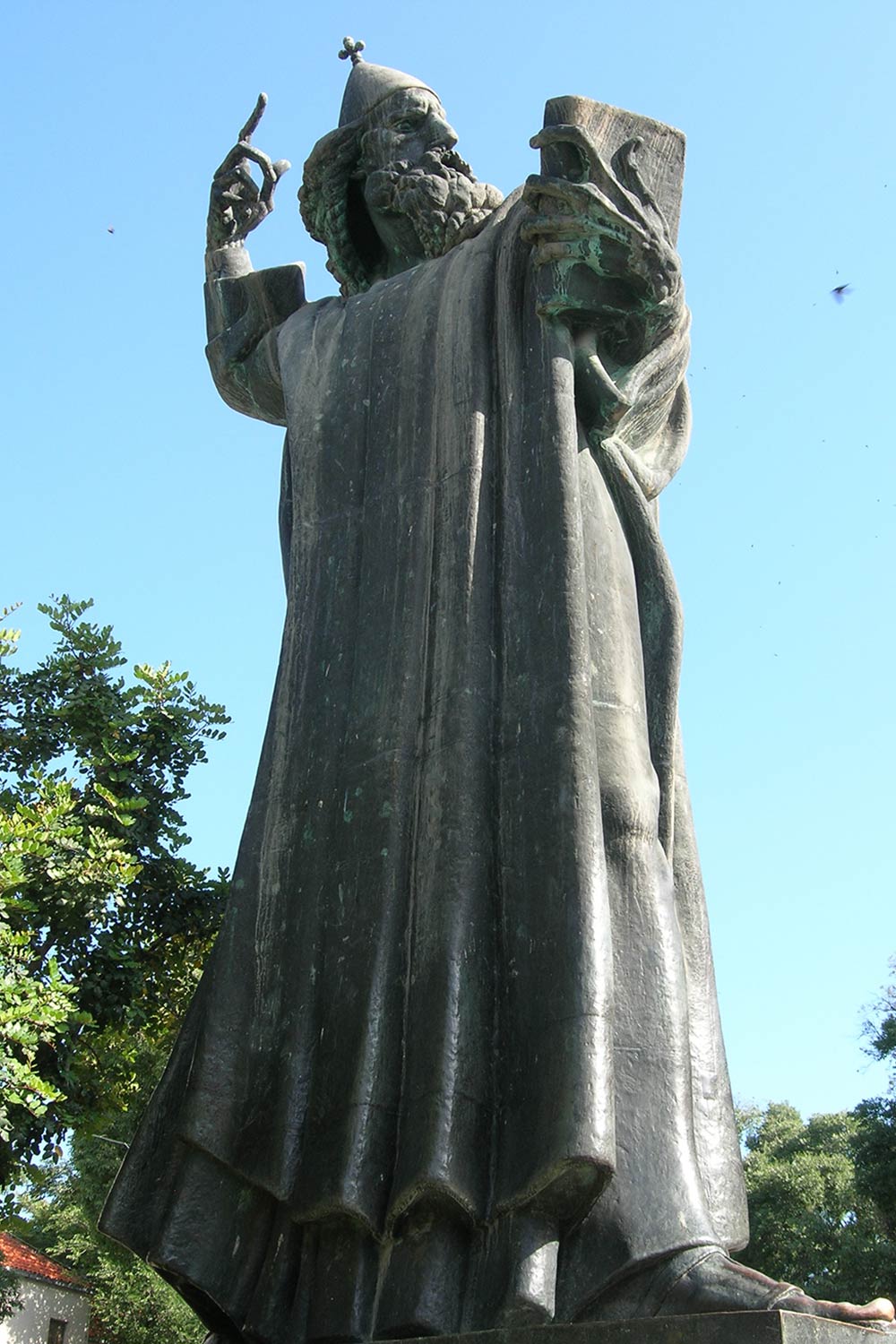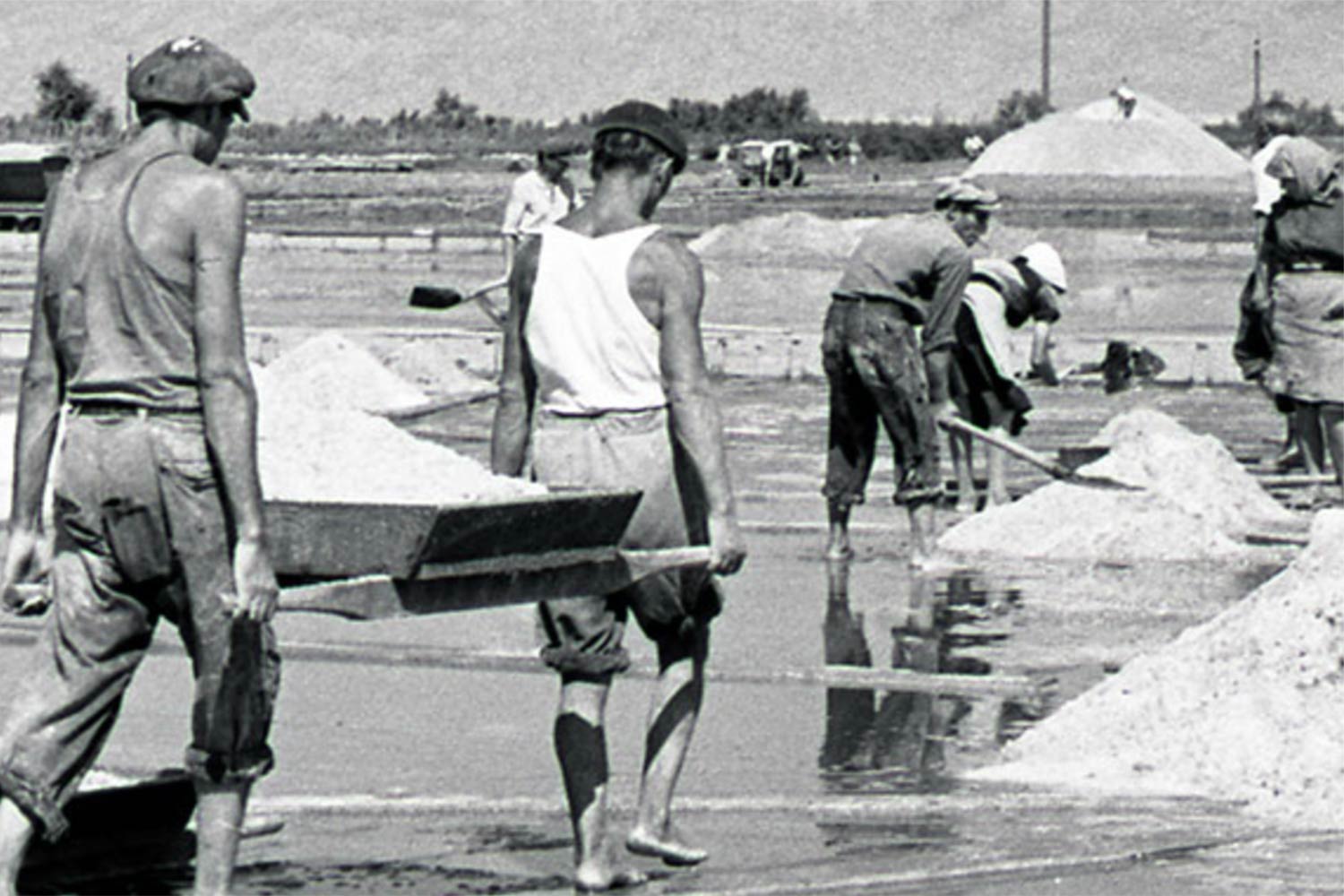You would hardly guess it wandering into the historic center today, but Nin is a town with a glorious past dating back 3000 years. The town was colonized by Liburnians, one of many ancient Illyrian tribes who settled the western Balkans. The Liburnians were seafarers who dominated the northeastern Adriatic coastlands and islands. Over the centuries, they gained a reputation for piracy in the Adriatic and fought naval battles with the Romans, who described their ships as swift galleys. When the Romans eventually defeated the Illyrians, the territory of the Liburni became part of the Roman province of Dalmatia.
Croatians colonized the area at the beginning of the 7th century. Nin achieved prominence as the first political, religious, and cultural center of Croatia; the oldest Croatian royal city; and the coronation site of seven kings. Beginning in the 9th century, Nin also became the seat of Croatian bishops—most notably Grgur Ninski (Gregory of Nin), who opposed the Pope and introduced the Croatian language in Glagolitic script into religious services in place of Latin. (Today Grgur is immortalized by a powerful statue by Ivan Meštrović, which stands in the town of Split.)
In the 1400s, Dalmatia was sold to the Republic of Venice. During the Turkish Wars, the govenrment of Venice ordered Nin to be burned and destroyed twice instead of allowing it to be captured and used as an Ottoman stronghold. Nin never fully recovered its former glory.
Only 18 km northwest of Zadar, the historic center of Nin occupies an islet of only 500 meters in diameter, linked to the mainland by two stone bridges. Today it is a tourist destination, valued for its remarkable history, sites, and artifacts.
One of the many reasons Croatia is so fascinating is that many ancient and historical sites have continued to be used over the centuries. Much like more notable examples—the 1st-century Roman Arena in Pula, which is used today as a music and entertainment venue, or 4th-century Diocletian’s Palace in Split, where people live, shop, and visit—the Nin saltworks are still in operation today just as they were in Roman times. The saltworks, called Solana Nin, are located on the ancient Roman salt pans directly adjacent to the town’s historic center and its two stone bridges, and the workers continue to hand-harvest natural, nutritious salt using traditional methods.
Salt has been a precious and protected commodity throughout human history. We know salt has been used medicinally since the 3rd millennium BC, and have learned from health experts the value of finding pure sources of this vital nutrient. Occupying 55 hectares, Solana Nin is in a pristine location close to 5 national parks, neighboring the famous healing mud ponds in Nin Bay, and surrounded by exceptional biodiversity. Adriatic seawater flows into pools, where the water evaporates and crystallizes from the natural processes of sunlight and strong bura winds from Velebit Mountain.
Still hand-harvesting once a year in the autumn by traditional methods, Solana Nin is the only saltworks on the Adriatic to have achieved “BIO” organic certification through the European Union and Croatian Ministry, with a product that is naturally rich in minerals including iodine, therapeutic as well as delicious. We are proud to offer gourmet salts from Solana Nin in our store.
The Croatian Royal City between the 7th and 13th centuries, Nin has one of the richest histories on the Adriatic.




